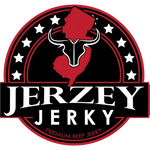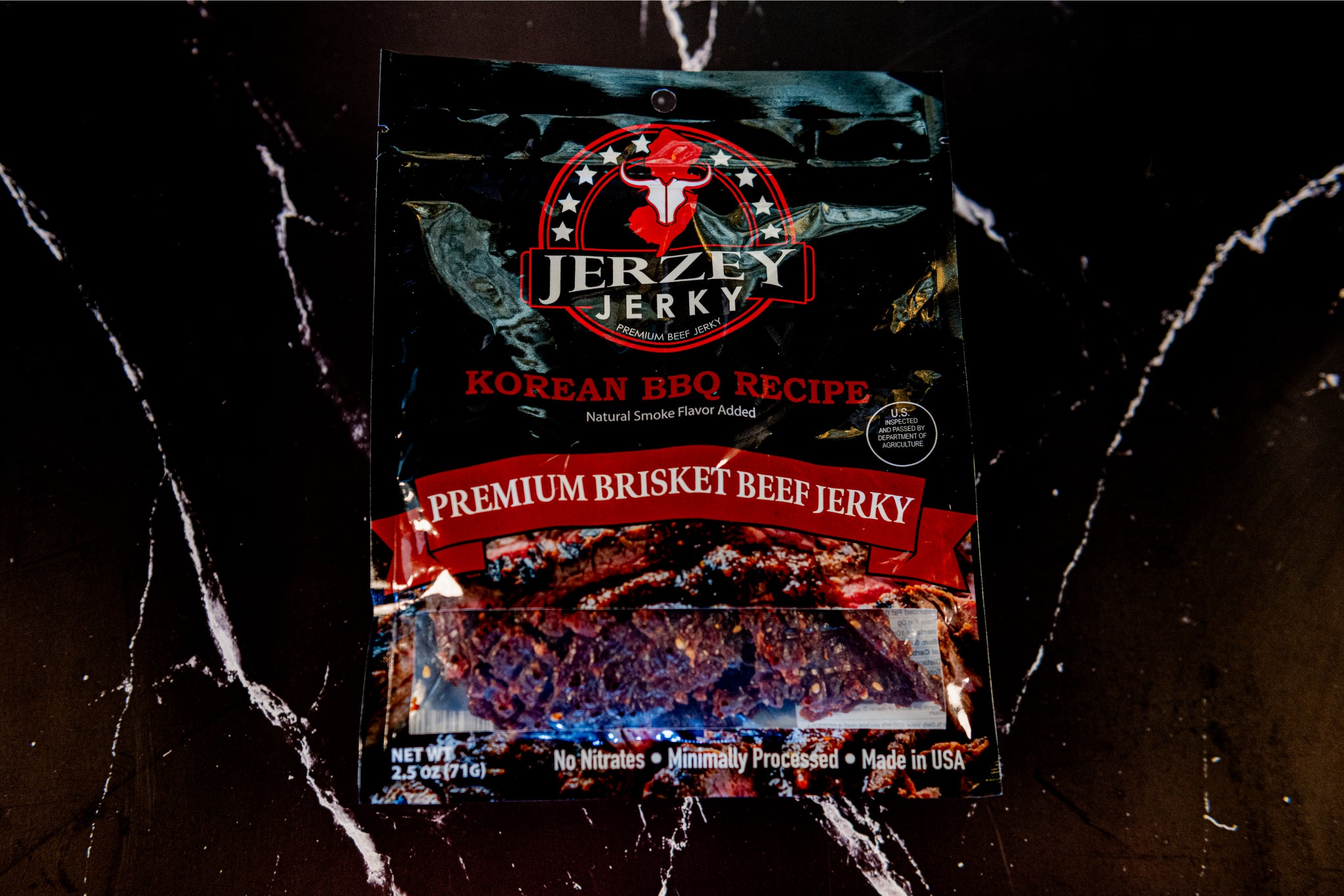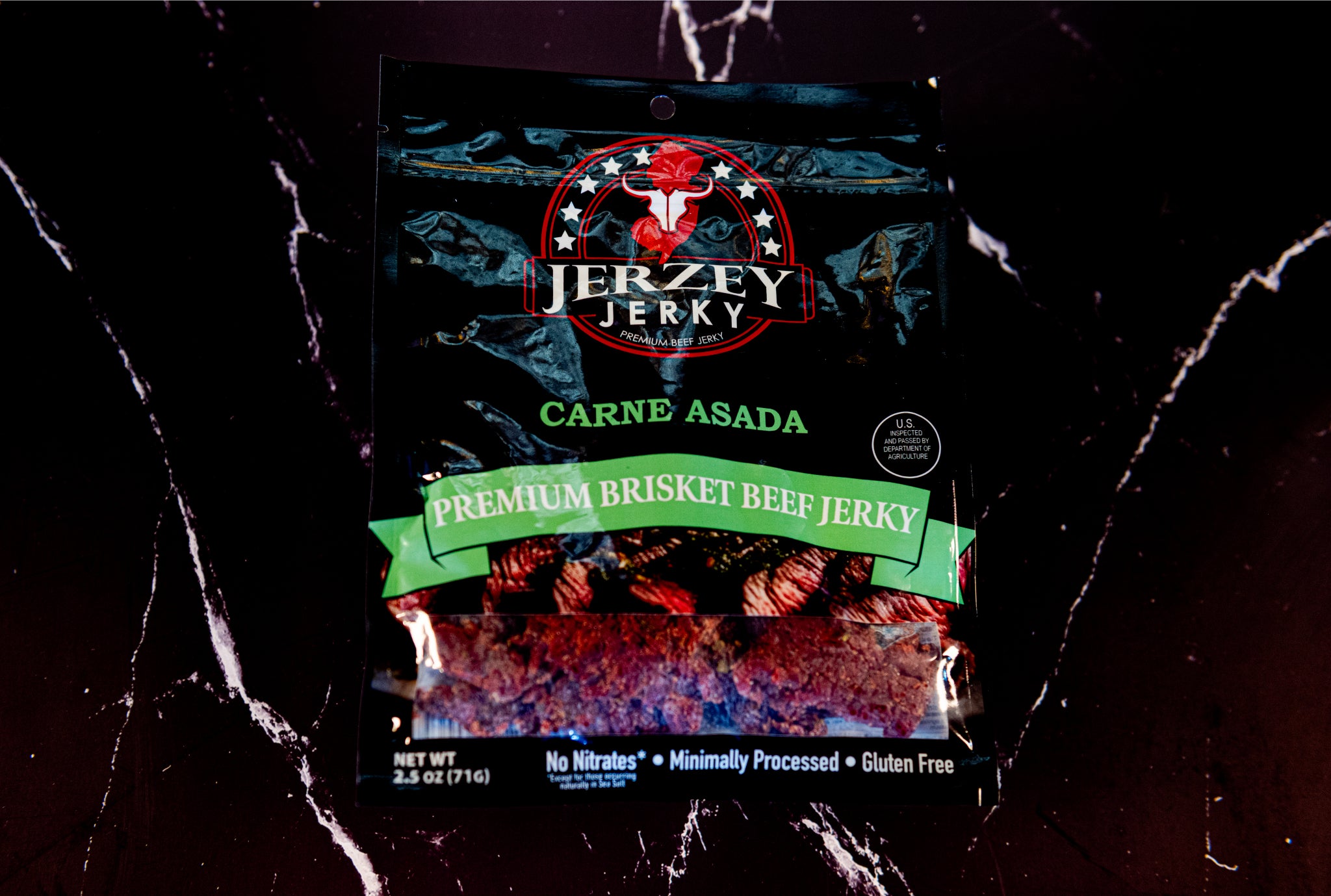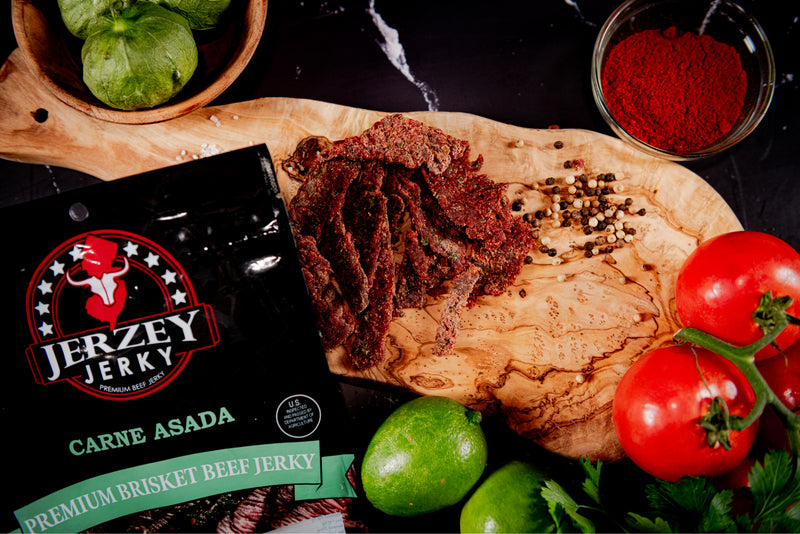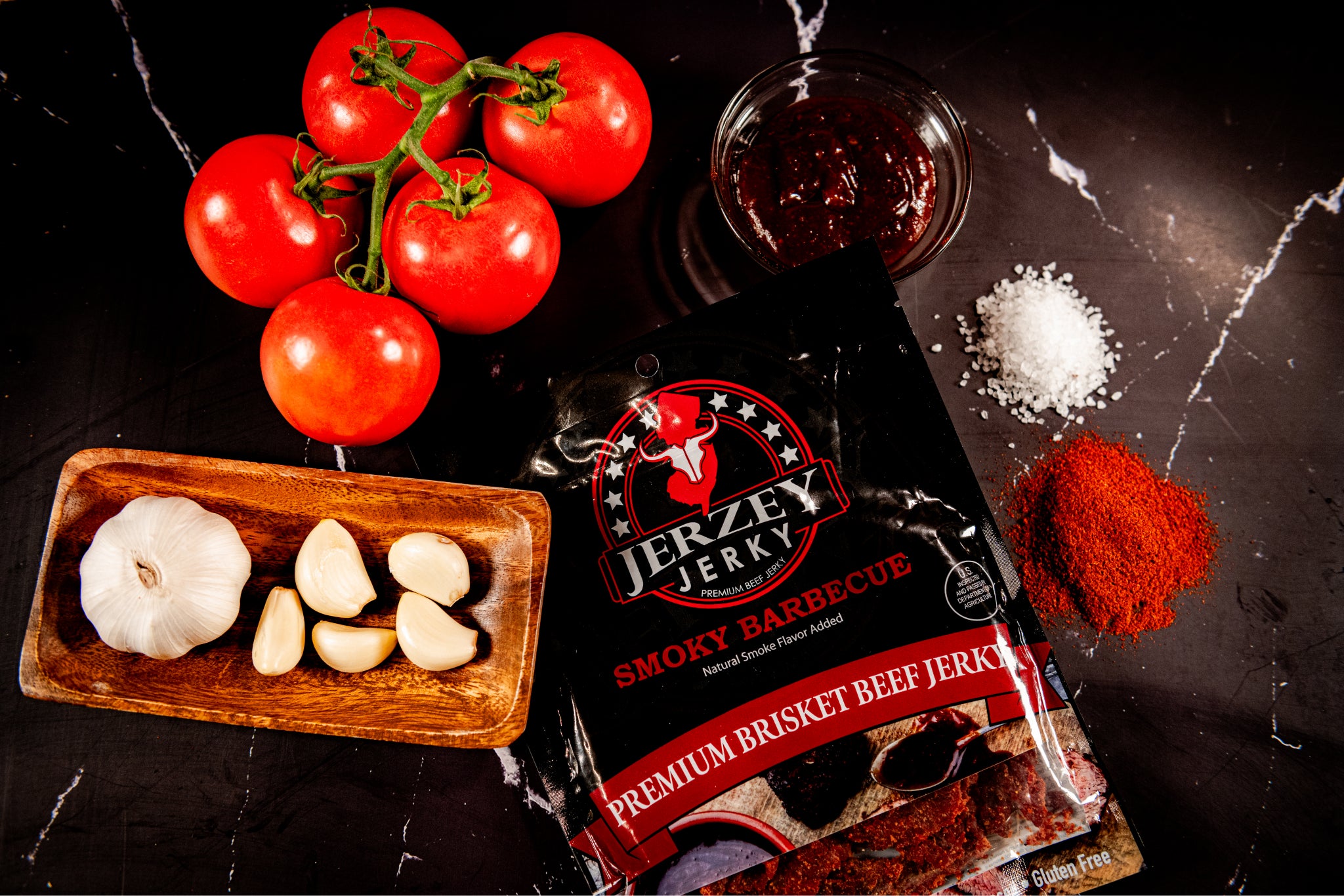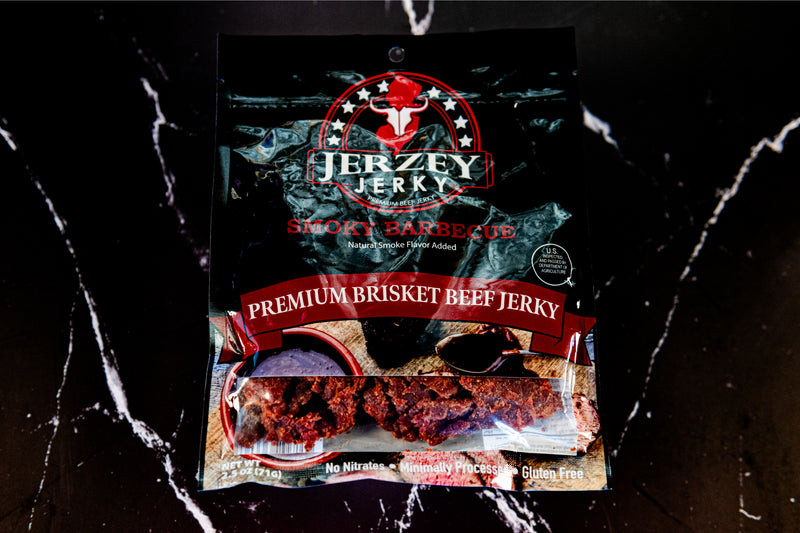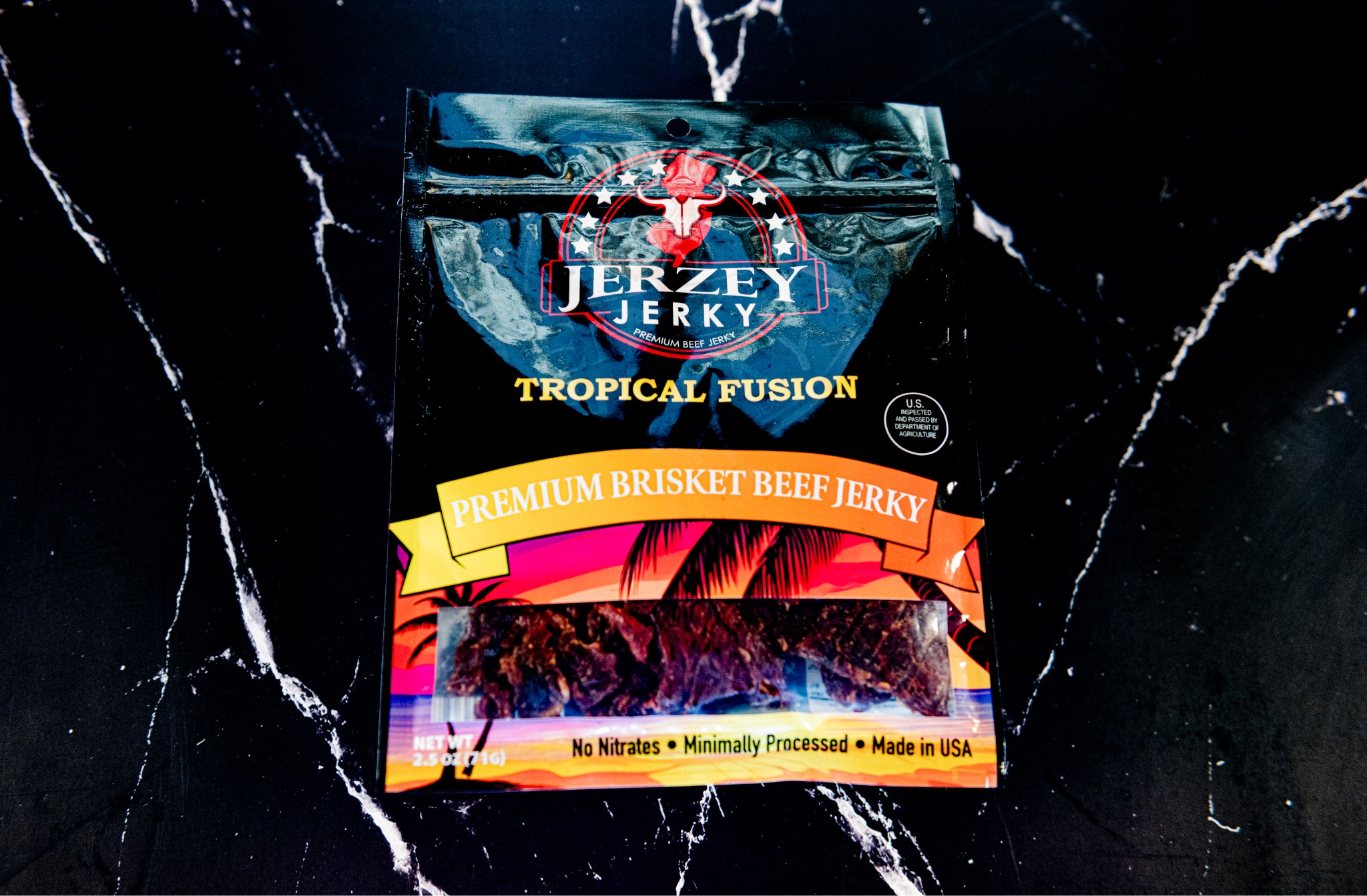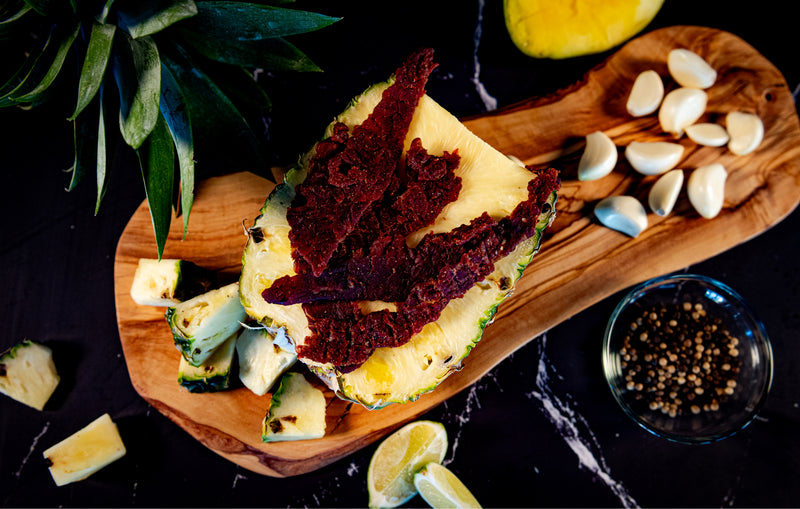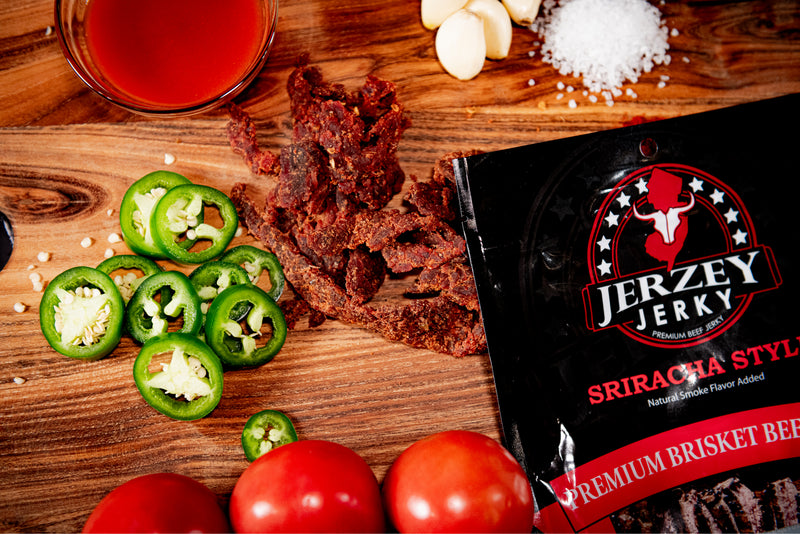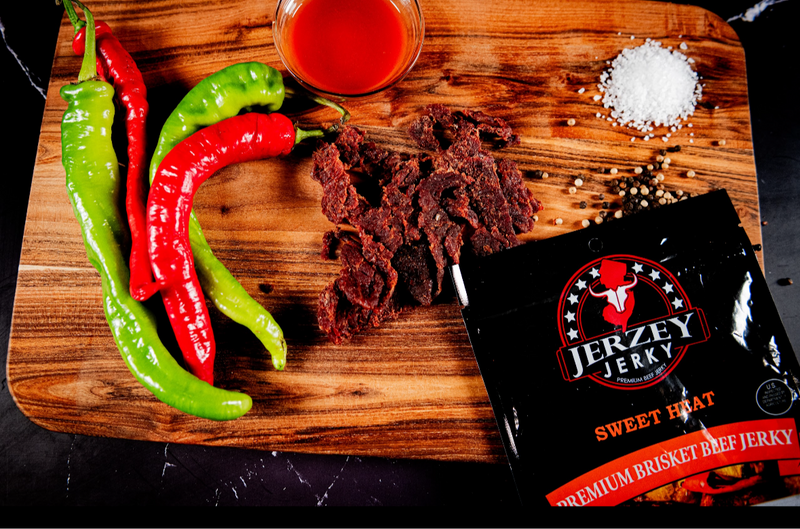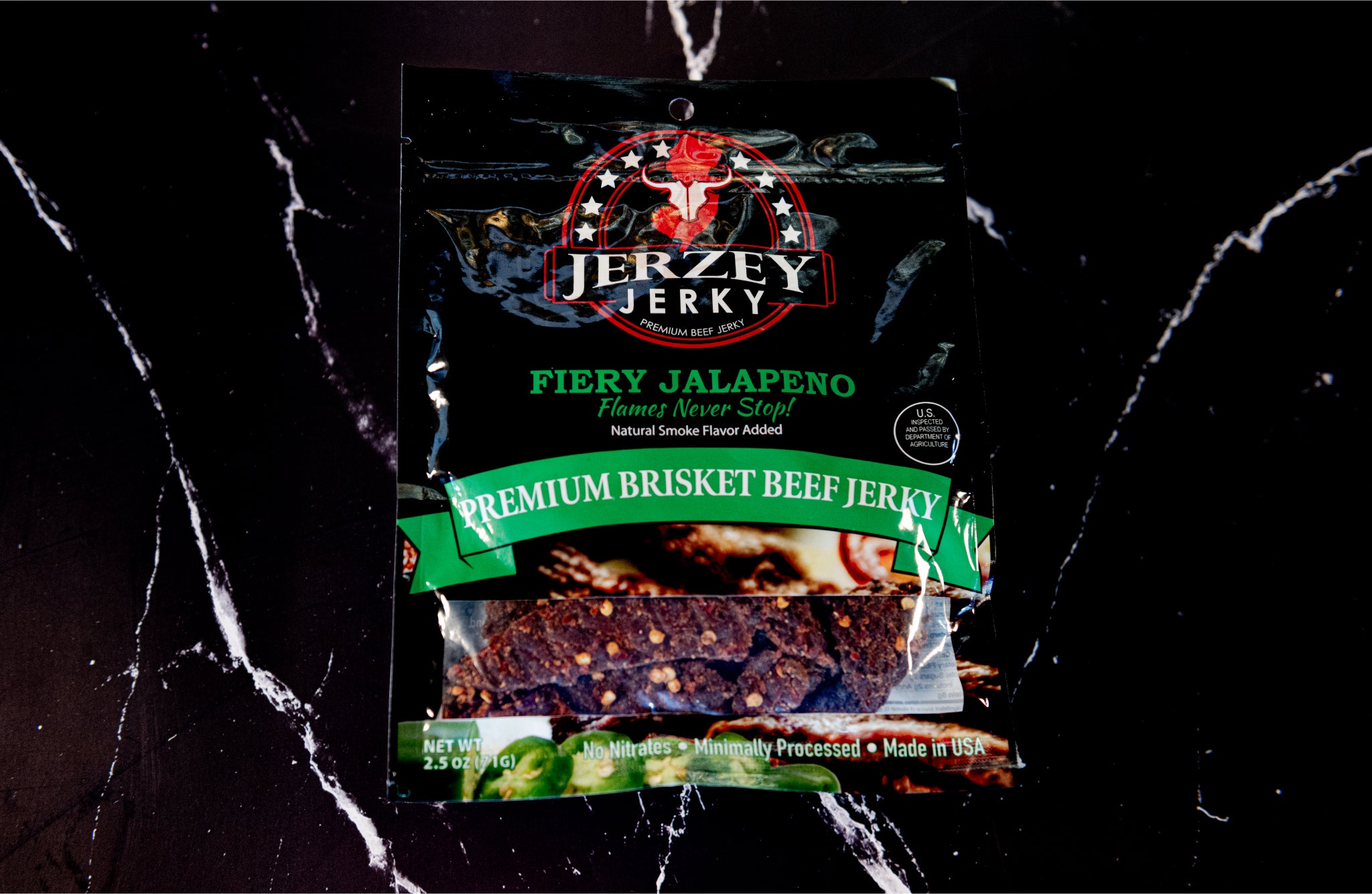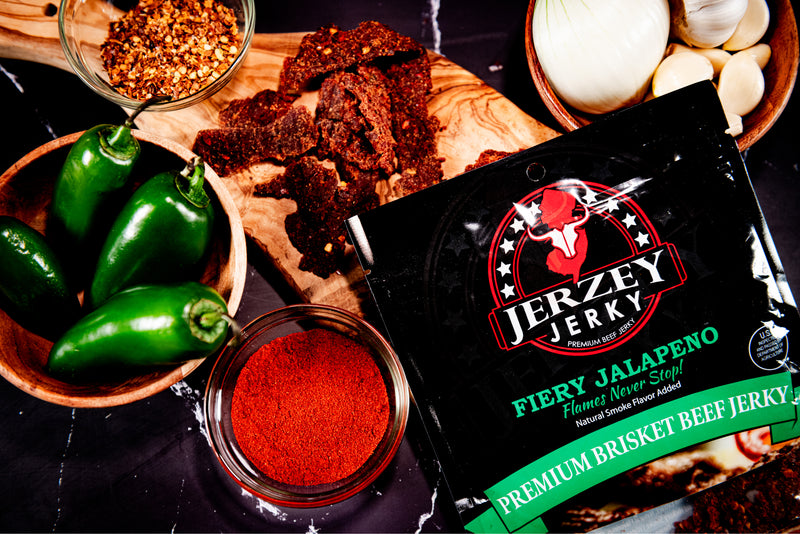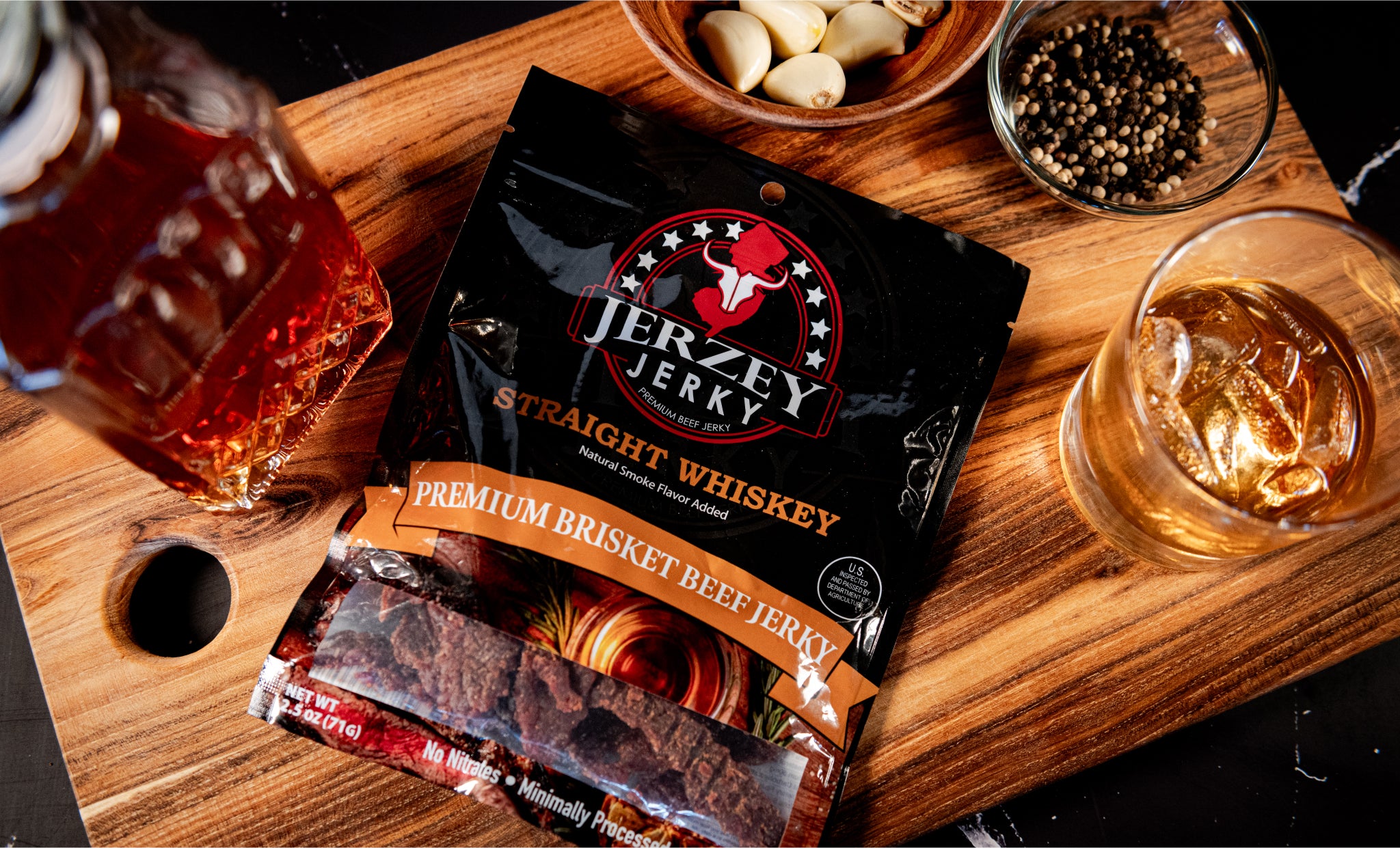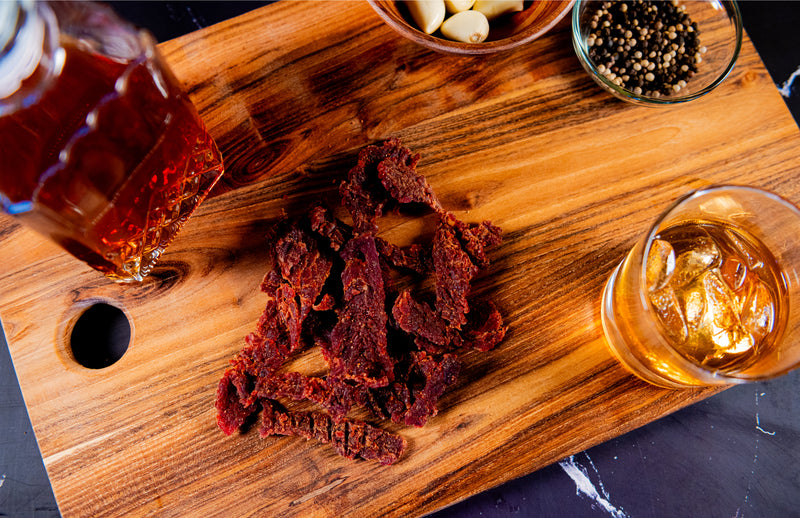
Shorthorn Beef: Characteristics, Types, and How to Identify
Shorthorn Cattle originated in northeastern England in the late 1700s. Farmers crossed them to develop a dairy and beef two-purpose breed. They had a good frame, milk, and red meat which made them suitable for small as well as large farms.
They are still recognized as docile and easily handled. They are low in aggression rates, making their handlers comfortable for both beginner and experienced farmers. They are calm and their nature facilitates effective farming processes and does not stress out the animals or people.
The Genetics and Genomics Group at the University of Edinburgh (2019) reported that Shorthorns scored 14 percent higher than five other European breeds of cattle in terms of climate adaptability. This observation revealed their adaptability to a variety of environments, such as cold, humid, and dry climates in three regions that were examined.
What are the Key Physical Characteristics of Shorthorn
Here are the three key physical characteristics of Shorthorn cattle:
- Coat Colors: The shorthorn appears in three primary coat colors: solid red, solid white, and roan, the latter a mixture of red and white hair. These coat differences offer identification convenience to the farmers and help to create a visual-based breeding program.
- Body Build: Shorthorns are medium to large-bodied with well-developed muscles and balanced fat distribution. They are productive in both small-scale and commercial dual-purpose farming systems all over the world because their balanced frame allows them to efficiently produce beef as well as maintain a consistent dairy yield.
- Climate Adaptability: Performance test shows that 14 percent more than five other dominant cattle breeds, Shorthorns, endure hot, cold and humid circumstances. This flexibility makes them to be able to produce in different regions without unnecessarily demanding special protection or control systems.
Shop the best-selling Fiery Jalapeno Beef Jerky - Brisket & Straight Whiskey Beef Jerky - Brisket
What Makes Shorthorn Beef Unique?
Here is what makes Shorthorn beef unique:
- Balanced Marbling: Shorthorn beef is moderately marbled with a finely interspersed streak of fat within the muscle. This balance provides the meat with sufficient moisture and flavor, but also makes fat content manageable, increasing the health value without compromising any eating quality.
- Tender Texture: The breed grows thin muscle fibers that soften readily through cooking. The structure produces naturally tender beef, particularly in cuts such as ribeye and sirloin where meat tenderness has a direct impact on consumer satisfaction and subsequent purchase.
- Rich Flavor: Shorthorn beef has a slightly buttery and daring flavor as a result of its intramuscular fat. Butchers and chefs rate it high in terms of flavor consistency, and it can be used in grilling, roasting, and fine restaurant use in various cuisines.
What are the Types of Shorthorn and Crossbreeds
Here are the four main types of Shorthorn and popular crossbreeds:
- Beef Shorthorn: Beef Shorthorns are specifically bred to produce meat. They are heavy-framed with excellent muscle depth and fat cover. This type yields well-endowed carcasses and is regarded as one of the top five in terms of uniform meat quality in all the commercial grading systems.
- Milking Shorthorn: Milking Shorthorns specialize in dairy production. They yield on average 7,000 liters of milk per lactation with balanced fat and protein content. This line of crossbreeds aid both dairy herds and beef chains due to enhanced fertility and longevity features.
- Beefmaster: Beefmaster is a hybrid of Brahman, Hereford and Shorthorn. The cross-breed has a high hybrid vigor, is 20 percent more resistant to heat, and has better growth rates. It is effective in tropical and semi-arid regions without compromising its reproductive or meat yields.
- Shorthorn x Angus: It helps farmers in increasing carcass quality and toughness in pasture and feedlot systems. The results indicate a 12 percent increase in grading scores in meat tenderness and fat uniformity compared to parent lines.
How Is Shorthorn Beef Cooked?
Here are the three ways to cook Shorthorn beef using the most effective methods and cuts:
- Popular Cuts: Ribeye, sirloin, striploin, tenderloin, and ground beef are the most used Shorthorn beef cuts. These are slices of balanced fat and muscle areas. Every cut has its own texture and flavor that fits everyday meals or high-end dishes.
- Best Methods: Shorthorn beef is best treated by grilling, roasting and pan-searing. The dry-heat methods promote the inherent flavor without moisture loss. Ribeye and tenderloin are suitable for the high-heat searing process, whereas sirloin is more suitable for oven roasting to enhance internal flavor.
- Cooking Tips: Do not expose to excessive prolonged heating. Protect natural marbling and tenderness with moderate heat. Shorthorn steaks can maintain 18 percent more juice than other techniques such as high-heat cooking at a medium temperature and keep approximately the same flavor as well as meat texture.
How to Identify Real Shorthorn Beef
Here are the five ways to identify real Shorthorn beef:
- Official Breed Tags: Legitimate or authentic Shorthorn beef has breed association-certified tags or labels. Such markings authenticate that the meat is produced by registered Shorthorn herds. Logos or seals of approval, by national or regional breed verification programs are commonly displayed on packaging.
- Genetic Traceability: Reputable farms have DNA or pedigree records that prove the lineage of Shorthorns. Genetic Traceability makes sure that these are pure or acceptable cross lines of cattle. Other suppliers use QR codes that can be linked to breed information, parent animals, and registration numbers.
- Butcher Transparency: Quality butchers also provide full source information, with the name of the farm, breed of animal, and place of slaughter. Consistency assists in consumers having confidence in the quality. According to a survey, 63 percent of those buying beef want beef with a traceable farm-to-table history.
- Regional Branding: Others have specialty Shorthorn beef programs. Local certification seals can be used on labels. These local brands assure certain conditions of rearing and feeding, specific genetic needs specific to Shorthorn cattle raised in those territories.
- Cut Size and Shape: Shorthorn cuts are medium-sized and evenly shaped. Their balanced muscling provides even cuts with no lop-sided fat or bulk. This simplifies trimming and makes cooking outcomes more predictable captured in various cuts such as sirloin or striploin.
Why Do Farmers & Chefs Value Shorthorn?
Farmers appreciate the easy calving and high fertility of Shorthorn cattle. Research indicates that these cattle successfully give birth to a calf with a rate of over 95 percent and thus minimize labor and medical expenses in the process of birth. It is a characteristic that enhances the effectiveness of herd productivity.
Shorthorns utilize feed for body weight. The feed efficiency has been found to increase by 10 percent when compared to average beef breeds. This assists farmers in having faster weight gain using less feed, reducing the total production cost.
The breed is useful in beef and dairy farms because of its balanced nature. The combination of its meat quality and milk production suits a wide range of farm objectives, a convenient situation for mixed-use farming.
Cooks and chefs use Shorthorn beef because of its firm cut size, taste, and tenderness. The meat is consistent in texture when grilled, roasted and pan-seared, and it complements gourmet and farm-to-table menus.
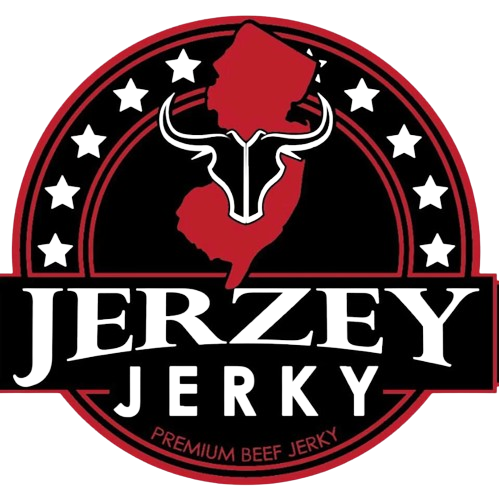
 2025-08-06
2025-08-06
 Wayne Holland
Wayne Holland

